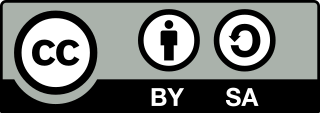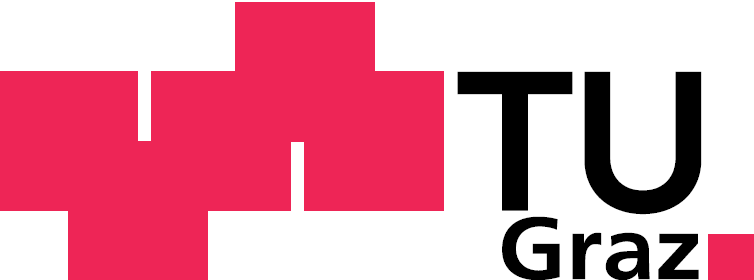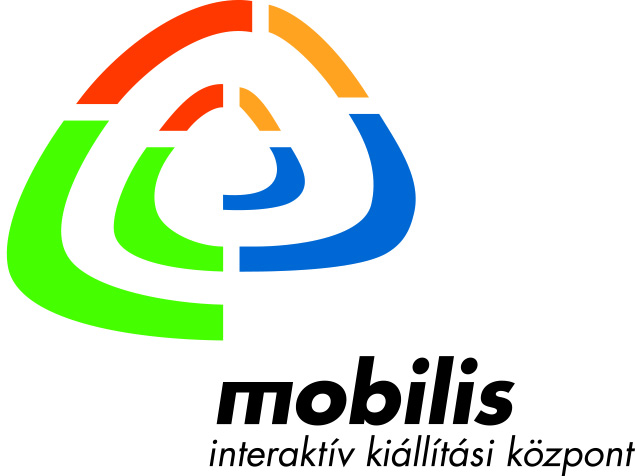Teaching Methods
In this section we would like to briefly describe the individual teaching methods. We have tried to incorporate a variety of different methods into our modules to develop diverse and exciting lessons with a playful approach.
Many of the methods are probably already known, but we will include them for the sake of clarity.
Think-Pair-Share
For reflection and discussion tasks, we often choose the think-pair-share method. In the first phase of the think-pair-share method, each individual deals with a task (think) by themselves. In the second phase there is an exchange with a partner (pair). As an eventual phase, in the third step, two groups of two can discuss the task as a group of four (square). In the last phase, the exchange takes place in the group (share).
Partner Work
Two students work in groups for a given time on assignments designed by the teacher. The students will receive the necessary working materials from the teacher.
Writing Logs
A log is a transcript. The log is used either to record the points discussed in detail, or to only list the essential points. Consequently, there are different types of logs.
A progress log (also called detailed log or negotiation log) places special emphasis on the course of the conversation, the process of forming an opinion, the decision-making process and the results.
The record of results log puts special emphasis on the documentation of the results (decisions, votes, agreements...) that came out of a conversation (meeting, discussion, meeting, event...). It is therefore of course also shorter than a progress log.
We mainly use logs to support reflective tasks or to record learning content.
Poster Presentation
Poster presentations can be used to achieve many goals. Newly acquired knowledge must be applied, whereby the learning success can be checked. Solution approaches can be collected and structured. Task results can be saved and presented. This in turn can stimulate discussions in class. Posters can now be implemented not only analogously on paper but also digitally with the help of various tools. Be it very simple with PowerPoint slides or with the help of google docs/google classroom or padlet.com.
Voting with color coded cards
To get a quick picture of the mood within the class in which all students (must) participate, voting cards are an excellent choice. For example, we use color cards in our basic module, which the students should use to assign objects to the discussed AI areas.
Project-oriented teaching
In didactics, project-oriented teaching (sometimes also project-type teaching) is a teaching method that is geared towards working on projects without fully meeting the criteria of demanding project teaching. Project work is the independent processing of a task or a problem by a group from planning through implementation to the presentation of the result.
In our case, students are often asked to work on technical tasks themselves (e.g. to train a model).







